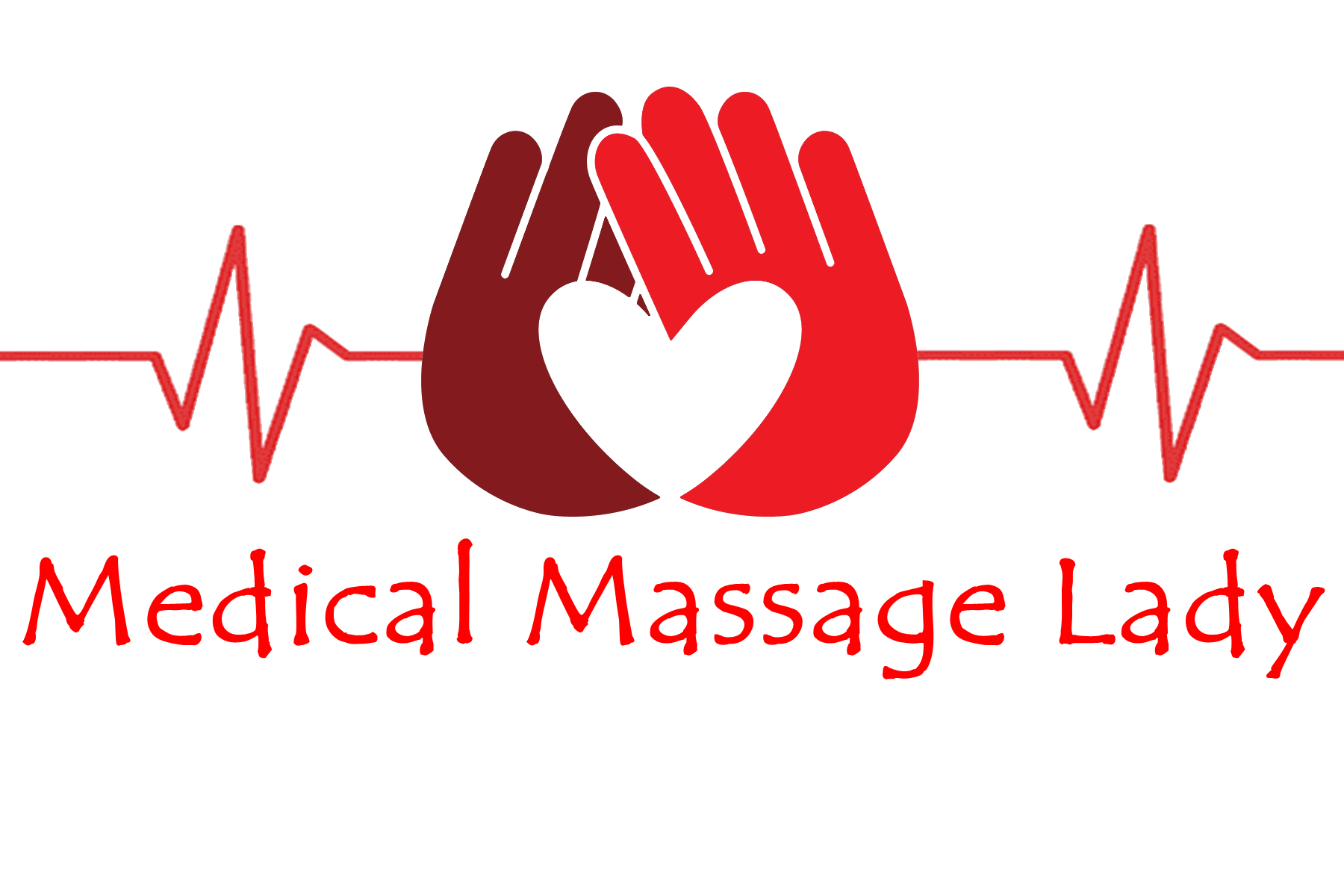- 07736 104738
- sam@medicalmassagelady.com
- Mon - Sat, 8:00 - 18:30
The gluteus medius lies between the gluteus maximus and minimus and contracts isometrically to help support the hip during weight bearing. When all of our weight is placed on one leg when the foot comes in contact with the ground during walking or running, the gluteus medius contracts ie. a runners gluteus medius will contract approximately 1000-2000 times per mile. This means that in a 26 mile marathon the muscle would contract 26,000-52,000 times. Also the impact of landing on full body weight when running will equal 3 times your body weight. It is not surprising that the gluteus medius can suffer from overuse and spasms when it absorbs such an impact. When this causes pain it is referred to as “runners butt syndrome”. Gluteus medius syndrome can be misdiagnosed as sciatica, ischial bursitis and hamstring strain or tendonitis.
CAUSES:-
• overuse injury, hence common in long distance runners
• affects only one side due to natural asymmetry in our bodies
- one foot arch flatter than the other
- one leg longer than the other
- one hip higher than the other
- knock-knees
- collapsed arches
- spinal scoliosis
• running on a slight angle
These muscle imbalances and asymmetric loading of joints result in one sided injury, so addressing the cause of asymmetry as a preventive measure is as important as the diagnosis itself.
SYMPTOMS:-
• pain that radiates deep into your glute region and possibly into the thigh
• increased pain while running, particularly uphill or faster
• the piriformis muscle may be affected and cause pain when sitting
• it is a multi-symptom condition but not everyone has all of the symptoms
DIAGNOSIS:-
Gluteus medius syndrome can be diagnosed by eliminating other conditions such as sciatica, piriformis syndrome, ischial bursitis and hamstring tendinopathy and manual palpation of the trigger points.
TREATMENT
The problem is that if you tell your GP that it hurts when you run, they’ll probably advise you stop running , prescribe anti inflammatories,possibly refer for a back/hip x-ray, which will probably come back clear, and then maybe refer for physio, who without a diagnosis will probably advise stretching and strengthening the tight and weak glutes.
• direct sports therapy to the injured area eg.ultrasound, electrical stimulation, kinesiotaping, joint manipulation, myofascial release, trigger point therapy, combined with specialised stretching and foam rollering
• if there is any kind of poor foot mechanics causing the issue, custom orthotics would benefit




